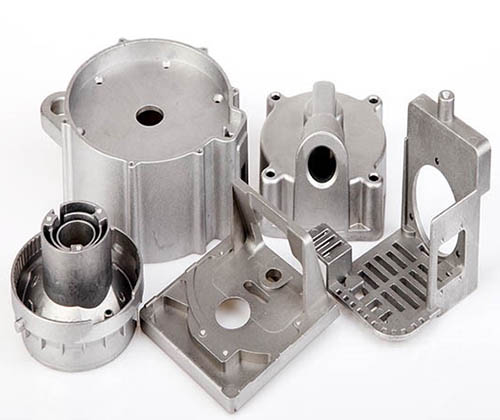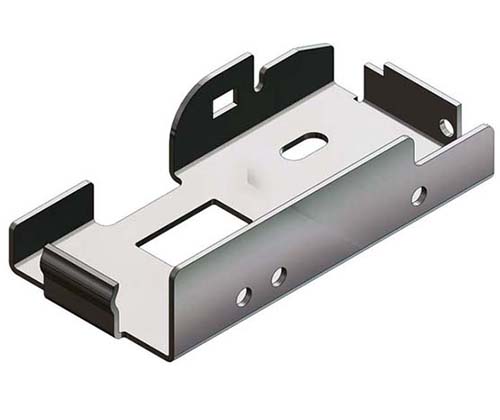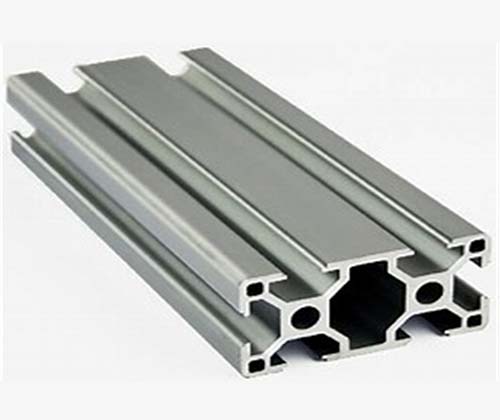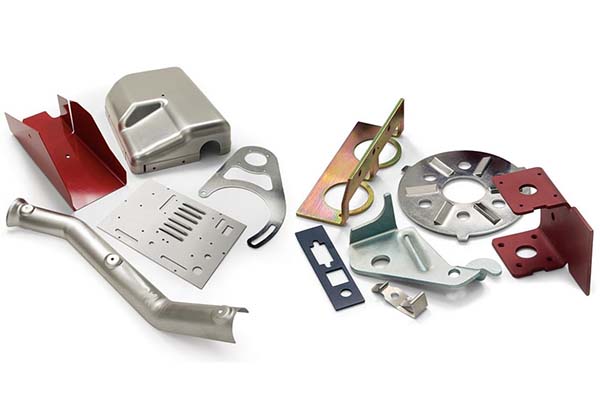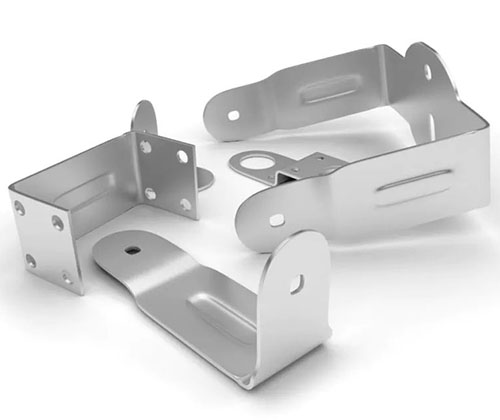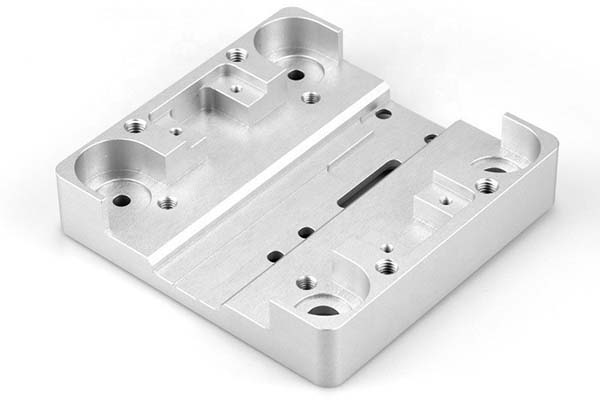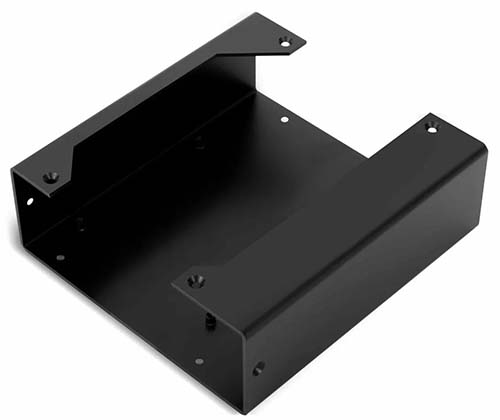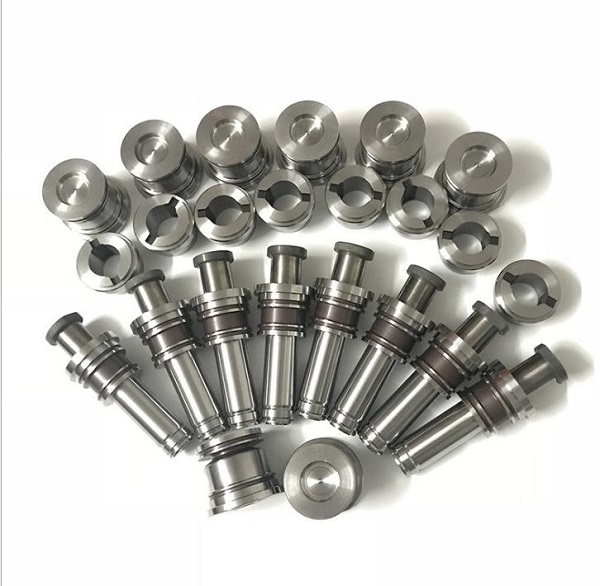Manufacturers across industries are under pressure to create lighter, more fuel-efficient products without sacrificing strength or durability. Traditional materials like steel often fall short here—adding weight while driving up costs. This is where metal stamping aluminum alloys emerge as a transformative solution. However, stamping aluminum comes with its own challenges, from selecting the right grade to preventing cracking during forming. In this guide, we’ll address these pain points, exploring everything from aluminum’s unique properties to advanced stamping techniques, helping you unlock the full potential of stamped aluminum parts.
Introduction to Metal Stamping Aluminum Alloys
Metal stamping aluminum involves shaping aluminum sheets into complex parts using presses and dies—a process valued for its efficiency and versatility. Unlike steel, aluminum offers a compelling mix of benefits:
- Lightweight Nature: Aluminum weighs 1/3 of steel, reducing overall product weight critical for automotive and aerospace applications.
- Cost-Effectiveness: Lower material and shipping costs, plus faster stamping cycles, make it ideal for high-volume production.
- Design Flexibility: Aluminum sheet metal stamping can create intricate shapes, from simple brackets to complex enclosures, with tight tolerances.
These advantages explain why industries ranging from electronics to construction are increasingly turning to aluminum alloys for their stamping needs.
Properties of Aluminum Alloys for Stamping
Aluminum’s suitability for stamping stems from its unique mechanical properties:
- Strength-to-Weight Ratio: Among the highest of any metal, aluminum delivers strength comparable to mild steel at a fraction of the weight—key for fuel-efficient vehicles and portable devices.
- Formability: Most aluminum alloys offer excellent ductility in aluminum stamping, allowing for deep draws, sharp bends, and complex contours without breaking.
- Corrosion Resistance: A natural oxide layer protects aluminum from rust, though some grades (like 5052) include magnesium to enhance this further.
- Thermal Conductivity: Twice that of steel, making aluminum ideal for heat sinks and cooling components.
These properties make aluminum a versatile choice, though selecting the right grade is critical to balancing formability and strength.
Common Aluminum Alloy Grades for Stamping
Not all aluminum alloys are created equal. Here’s how to choose the right one for your project:
| Alloy Grade | Key Properties | Best For |
| 3003 aluminum alloy | Excellent formability, good corrosion resistance, moderate strength | Food containers, decorative parts |
| 5052 aluminum | High corrosion resistance, strong, weldable | Marine components, fuel tanks |
| 6061 aluminum | High strength, heat-treatable, good machinability | Structural parts, aerospace components |
| 1100 aluminum | Ultra-soft, high ductility, pure aluminum (99%+) | Chemical equipment, reflectors |
- Best aluminum alloys for deep drawing: 1100 and 3003 top the list, thanks to their exceptional ductility. 5052 works well for moderate draws, while 6061 is better suited for simple bends due to its higher strength.
Metal Stamping Processes for Aluminum Alloys
Aluminum’s unique properties require tailored stamping techniques:
- Blanking Aluminum Sheets: Use sharp, polished dies to prevent burring. Aluminum’s softness means dies wear slower than with steel, but clearance must be precise (5–8% of material thickness).
- Bending Aluminum Alloys: Aluminum has minimal springback (1–2 degrees), simplifying angle accuracy. Avoid tight radii—use a minimum bend radius of 1× material thickness to prevent cracking.
- Deep Drawing Aluminum Parts: Slow press speeds (15–20 strokes per minute) and high-quality lubricants (mineral oils or wax-based compounds) reduce friction. 3003 and 1100 excel here, with draw ratios up to 3:1.
- Progressive Die Stamping: Ideal for high-volume parts like automotive brackets. Ensure each station allows even material flow to prevent thinning.
Tooling and Die Design for Aluminum Stamping
Successful aluminum stamping starts with proper tooling:
- Die Material Selection: Use tool steel (e.g., D2 or A2) for durability. For high-volume runs, carbide inserts reduce wear and maintain precision.
- Lubrication: Critical to prevent galling (material transfer from aluminum to dies). Apply lubricant evenly—too little causes scratching, too much leaves residue.
- Precision Tooling: Polished die surfaces (Ra ≤ 0.4 μm) minimize friction and preserve aluminum’s smooth finish.
Surface Treatment and Finishing for Stamped Aluminum Parts
Post-stamping treatments enhance aluminum’s performance and appearance:
- Anodizing: Creates a hard, porous oxide layer that accepts dyes, improving corrosion resistance and aesthetics—ideal for consumer goods.
- Powder Coating: Adds a durable, colorfast finish resistant to chipping and UV damage, common in outdoor equipment.
- Polishing: Achieves a mirror-like finish for decorative parts, though it may reduce corrosion resistance slightly.
- Protective Coatings: Clear chromate or conversion coatings add a thin layer of protection without altering appearance.
Applications of Stamped Aluminum Alloy Components
Aluminum’s versatility shines across industries:
- Automotive Aluminum Stampings: Hoods, door panels, and heat shields reduce vehicle weight, improving fuel efficiency.
- Aerospace Stamped Parts: Structural brackets and interior components leverage aluminum’s strength-to-weight ratio.
- Electronics Enclosures: 6061 and 5052 provide lightweight, EMI-shielding housings for smartphones and laptops.
- Heat Sinks: Aluminum’s thermal conductivity makes it perfect for cooling CPUs and LED lights.
Quality Control and Testing in Aluminum Stamping
Ensure consistency with rigorous checks:
- Dimensional Inspection: Use CMMs to verify tolerances (typically ±0.02 mm for critical parts).
- Tensile Testing: Confirm strength meets specifications—3003 should have a tensile strength of 110–145 MPa, 6061 up to 310 MPa.
- Surface Roughness Measurement: Aim for Ra ≤ 1.6 μm for most applications; anodized parts may require Ra ≤ 0.8 μm for uniform coating.
- Non-Destructive Testing (NDT): Ultrasonic testing detects internal defects in thick parts like aerospace components.
Yigu Technology’s Perspective
As a custom manufacturing supplier in China, Yigu Technology specializes in metal stamping aluminum alloys for global clients. We optimize tooling and processes for each alloy grade, from 3003’s deep drawing to 6061’s structural stamping. Our quality control includes material certification, dimensional checks, and surface testing, ensuring parts meet your exact specifications—whether for automotive, electronics, or aerospace applications.
FAQs
- Can aluminum alloys be stamped as thin as steel?
Yes, aluminum can be stamped into sheets as thin as 0.01 mm, though thinner gauges require more precise tooling to prevent wrinkling.
- Is aluminum stamping more expensive than steel stamping?
Aluminum material costs are higher, but lower die wear, faster press speeds, and reduced shipping costs often offset this, especially for high-volume runs.
- How does aluminum’s corrosion resistance compare to stainless steel?
Aluminum resists rust but is vulnerable to strong acids and alkalis. Stainless steel (e.g., SUS316) outperforms it in harsh chemicals, but aluminum offers better weight savings.
